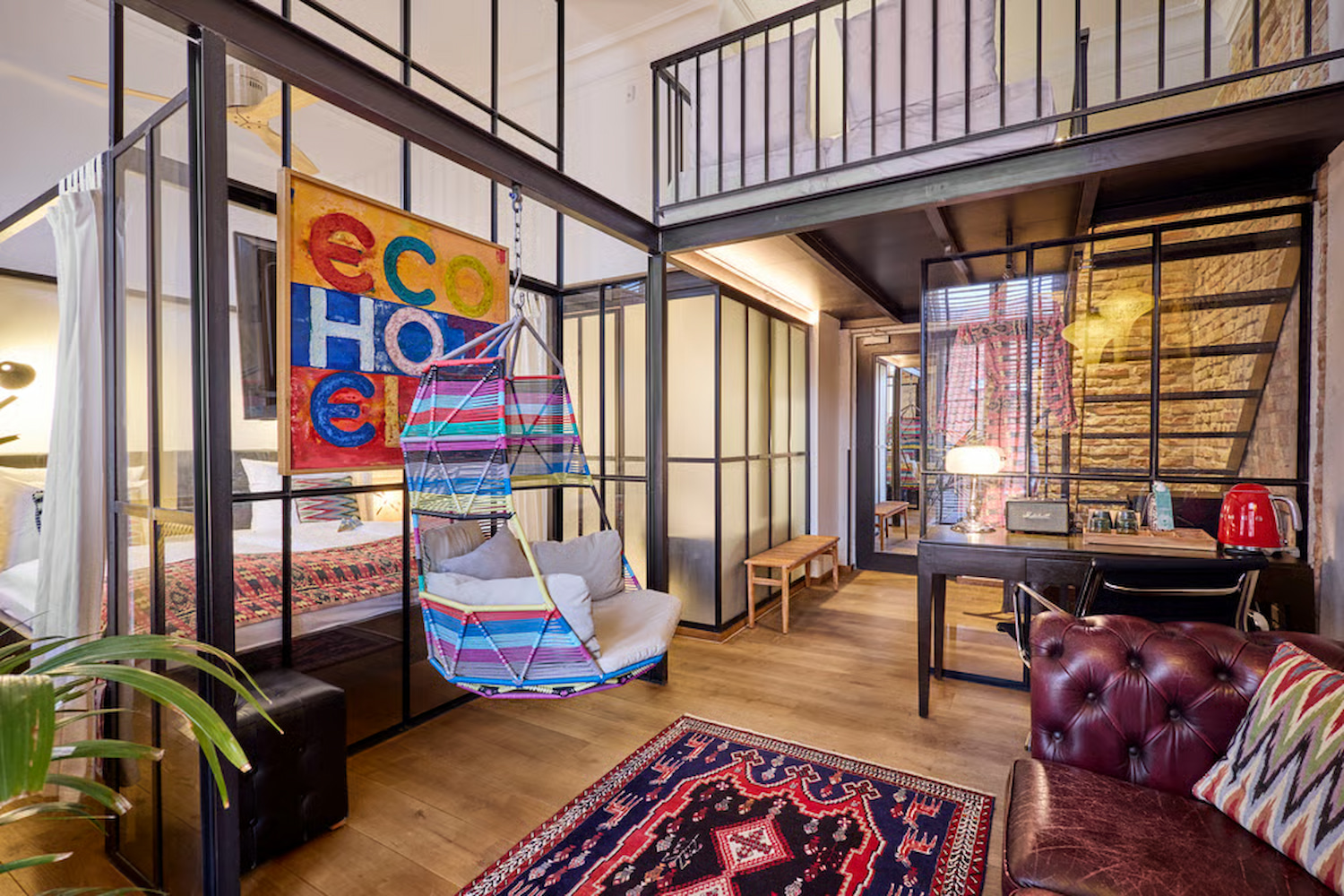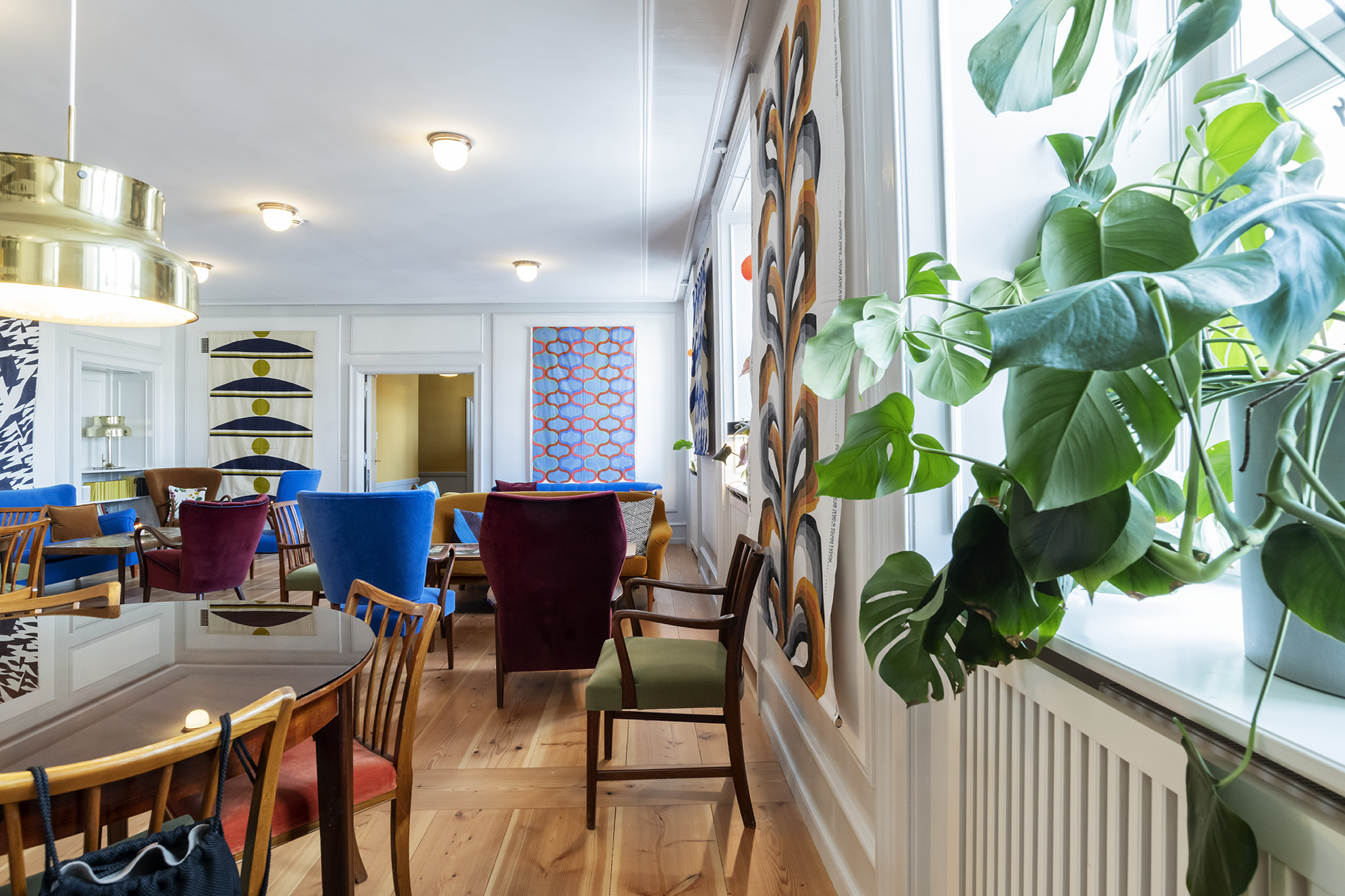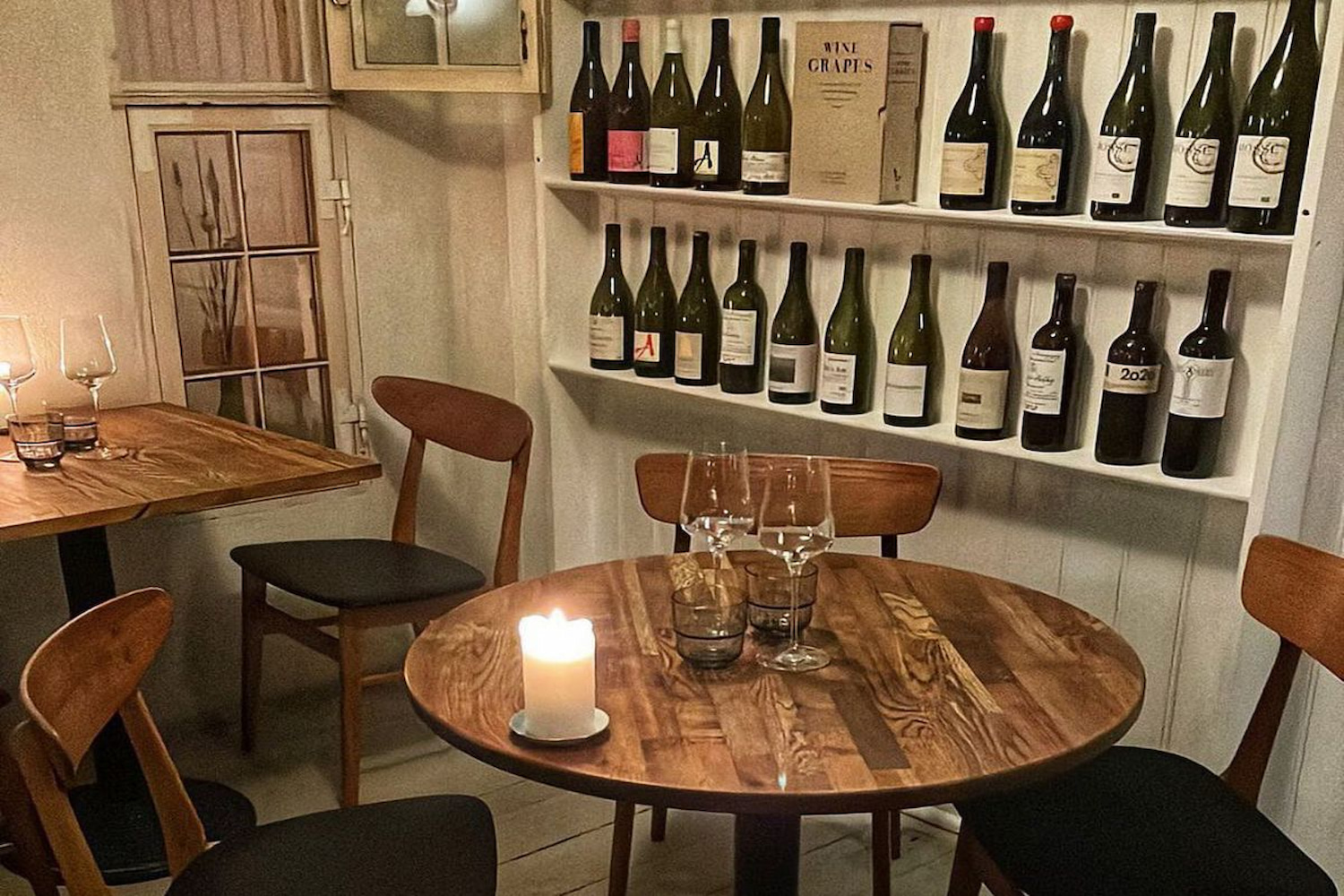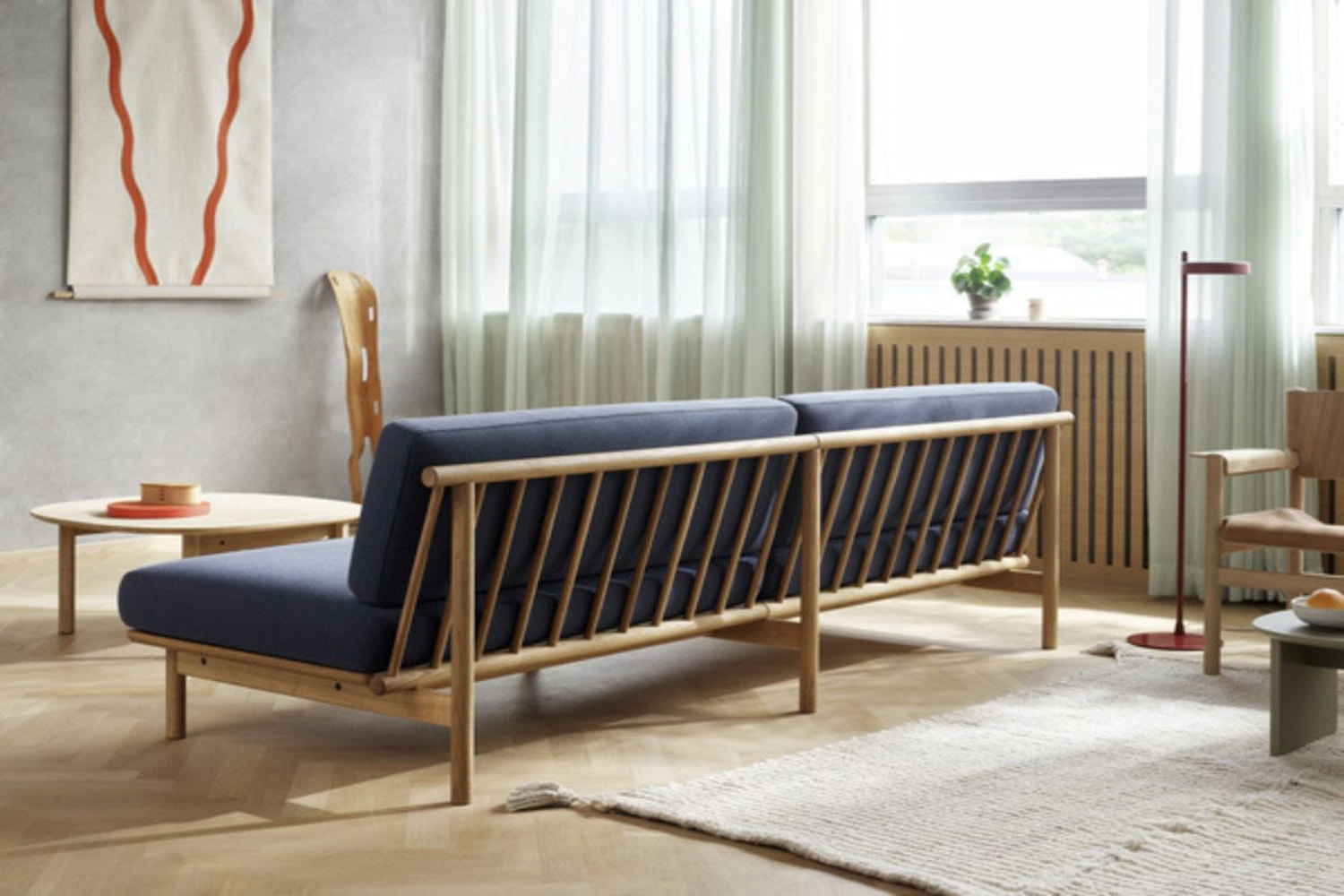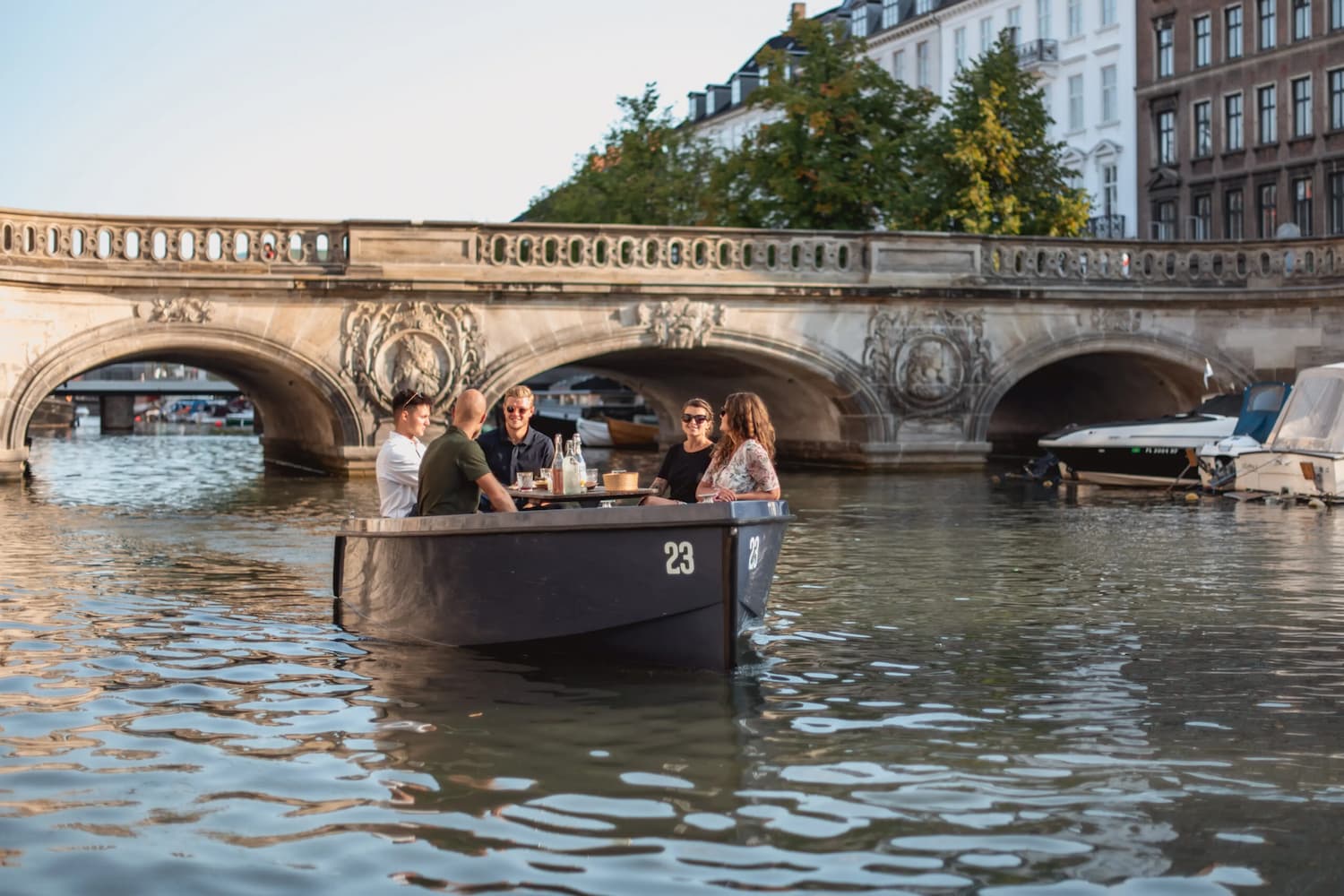Copenhagen may look picture-perfect with its canals, cobblestone streets, and sleek Nordic design, but sustainable habits set it apart from other capitals. Households stay warm thanks to a waste-to-energy plant whose rooftop doubles as a ski hill. The harbor, once an industrial backwater, now runs clean enough for locals to start the day with a swim. Everyone bikes, whether the forecast calls for sideways rain or pitch-dark mornings in January, so bring a good raincoat and get ready to pedal like the locals.
Copenhagen developers rarely break ground on new builds. One 19th-century brewery now operates as a design hotel. Near the airport, a high-rise stays cool through circulating groundwater. Even five-star properties cut single-use plastics, run on renewables,
and hand you a bike key with your hotel card.
Copenhagen’s dining scene often comes with a hefty bill, but quality, creativity, and sustainable practices make it worth the splurge. Chefs host communal dinners in restored churches, harvest ingredients from rooftop farms, and transform greenhouses into long-table dining rooms. Copenhagen chefs waste nothing—not even the chance to show off.
In Copenhagen, both your morning espresso and your evening glass of wine come with a virtual paper trail. Coffee roasters share what they pay farmers, making every cappuccino a lesson in transparency. On summer nights, natural wine bars spill onto the canals, and one dockside spot lets you jump from sauna to pét-nat without missing a beat.
The city’s shopping scene favors quality and longevity over fast fashion and impulse purchases. Design studios craft modular furniture built to last, while artisan workshops turn out ceramics, jewelry, and lighting with the same ethos. Streetwear shops keep hard-to-find releases in circulation, and vintage boutiques stock denim and dresses with plenty of life left.
The city treats infrastructure like a playground. Ski down a waste-to-energy plant, kayak for free if you haul in some trash, or join locals diving into the harbor before work. Even a drained water reservoir has been repurposed as an art museum. Just watch for bikes—there are more of them than cars, and they don’t slow down for tourists.


